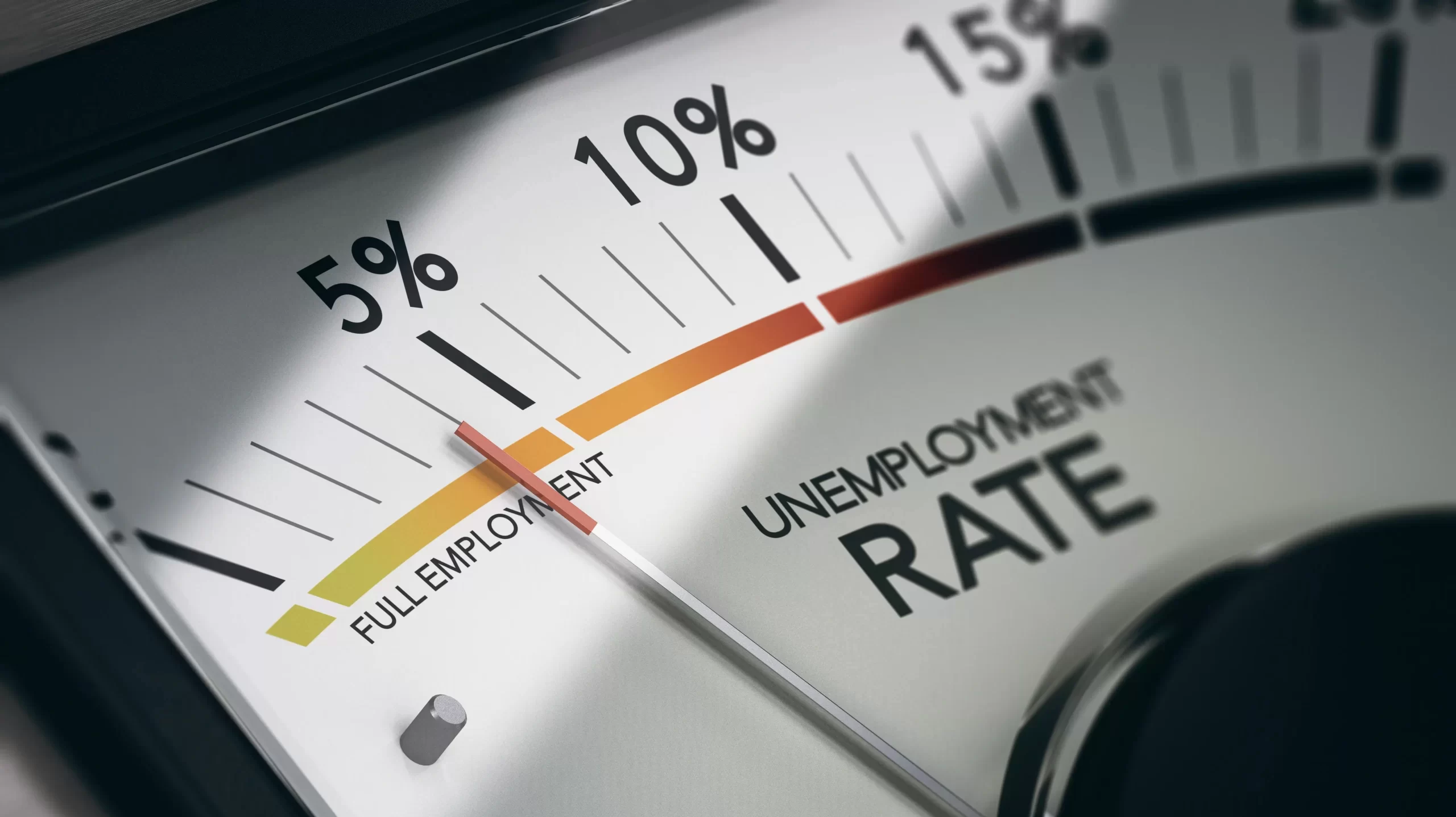Jobs
Unemployment rate ticks up slightly despite 272,000 new jobs

On Friday, the Bureau of Labor Statistics released its latest monthly report on the state of the American labor market in May. State level data will be released later this month.
While total nonfarm payroll employment increased by an estimated 272,000 jobs, the unemployment rate also increased to 4 percent in May. The unemployment rate was 0.1 percentage points lower in April at 3.9 percent.
Healthcare was the sector that added the most jobs according to the BLS’ establishment survey, with a total of 68,000 jobs added in May. With 43,000 new jobs, government was the sector with the second most jobs added.
In May, the unemployment rate increased despite this estimated increase in total jobs because the number of workers currently holding full-time positions fell significantly according to the BLS’ household survey. An estimated 625,000 full-time jobs were lost and an estimated 286,000 part-time positions were added.
Alabama Congressman Barry Moore pointed out on X that the May unemployment rate was the “highest it’s been since January 2022” and called it “#Bidenomics at work.” Alabama Senator Tommy Tuberville called it “Joe Biden’s economy in action.”
While unemployment did tick up slightly in May, a 4 percent unemployment rate is still historically low. The 27 months between January 2022 and May 2024 with unemployment rates below 4 percent was the longest such period since the 1960s.
Before the national unemployment rate first dipped below 4 percent in 2018 (and subsequently skyrocketed due to COVID), it had last been below 4 percent in 2000.
Additionally, despite the increase in the unemployment rate, seasonally adjusted average earnings still rose for all sectors in May. The average hourly wage rose by $0.14 to $34.91 per hour.
The only two sectors that experienced decreases in average pay between April and May, when not seasonally adjusted, were mining and logging and transportation and warehousing.
The BLS’ report found that average hourly earnings rose 4.1 percent betwern May 2023 and May 2024. This means that wage growth is still outpacing inflation: the Consumer Price Index only rose 3.3 percent between April 2024 and April 2024.
While unemployment did increase slightly in May, Friday’s jobs report shows that the labor market is still doing quite well, with an noteworthy increase in both jobs and wages. However, it still shows a slight downturn from previous months and may suggest a retreat from the “hot” labor market of the past few months.
In a brief for macroeconomic policy institute Employ America, economist Preston Mui said that the “totality of the evidence points more toward a cooling (but still good!) labor market than heating up, despite the payroll prints.”







:max_bytes(150000):strip_icc()/roundup-writereditor-loved-deals-tout-f5de51f85de145b2b1eb99cdb7b6cb84.jpg)


